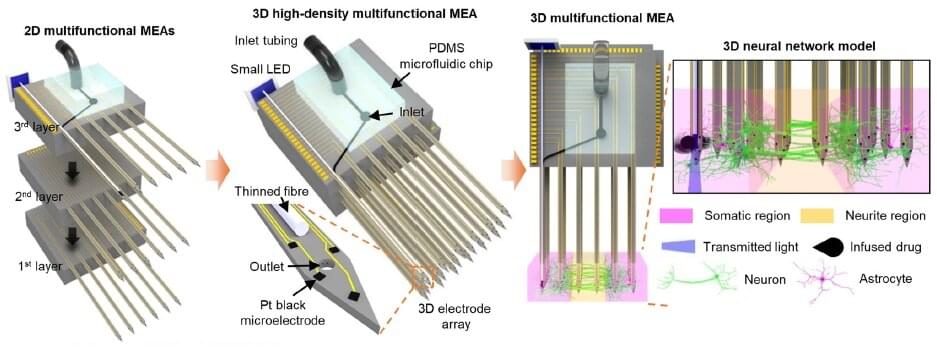The human brain is less accessible than other organs because it is covered by a thick, hard skull. As a result, researchers have been limited to low-resolution imaging or analysis of brain signals measured outside the skull. This has proved to be a major hindrance in brain research, including research on developmental stages, causes of diseases, and their treatments. Recently, studies have been performed using primary neurons from rats or human-derived induced pluripotent stem cells (iPSCs) to create artificial brain models that have been applied to investigate brain developmental processes and the causes of brain diseases. These studies are expected to play a key role to unlocking the mysteries of the brain.
In the past, artificial brain models were created and studied in 2D; however, in 2017, a research team from KIST developed a 3D artificial brain model that more closely resembled the real brain. Unfortunately, due to the absence of an analytical framework for studying signals in a 3D brain model, studies were limited to analyses of surface signals or had to reform the 3D structure to a flat shape. As such, tracking neural signals in a complex, interconnected artificial network remained a challenge.
The Korea Institute of Science and Technology (KIST) announced that the research teams of Doctors Il-Joo Cho and Nakwon Choi have developed a analysis system that can apply precise non-destructive stimuli to a 3D artificial neural circuit and measure neural signals in real-time from multiple locations inside the model at the cellular level.
